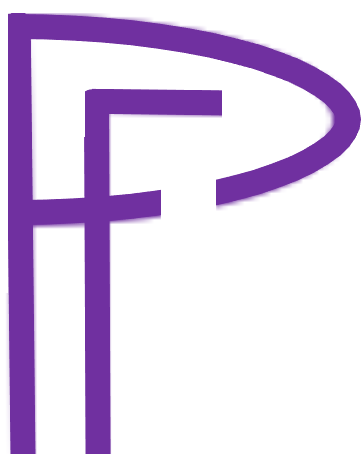Design for 3D Printing – Orientation
In a prior blog I wrote about overhangs, the problems they present and how to avoid them. If you haven’t read that I suggest you start there first and then come back here.
The “print orientation” of a 3D printed part is very important as it determines the plane in which the part is strongest. 3D printers work by laying down horizontal layers, each higher layer sitting on top of the lower layer, like the layers in a cake only much thinner. Now imagine a stack of books with each book representing a layer in our 3D print. If I push against the side of the stack it breaks apart and falls over. If I push down on the top of the stack it may compress a bit, but it won’t break apart.
Pushing against the side of the stack is like pushing in a direction that is parallel to the 3D printing plane. Pushing down on the top of the stack is like pushing in a direction that is perpendicular to the 3D printing plane. When printing a 3D printed part we always want to be sure that the highest mechanical force will be applied perpendicular to the 3D printing plane.
Let’s say our stack of books is now a crank handle. If we print the crank handle so that the cranking force is applied parallel to the layers then the handle will be weak and will likely break.


If we print the crank handle so that the cranking force is applied perpendicular to the layers the handle will be strong.

There are times when properly orienting the print for strength compromises some other property. For example when printing cylinder we get the best looking results when printing the cylinder so its standing on one end. If the cylinder is used in a compression mode where force is applied pressing down on the top (like squeezing a spring) that’s fine, but if the force is from against the side of the cylinder then it’s going to have the same issue as our first diagram where the force is applied parallel to the layers and it may break.
Making a model that is well suited to 3D printing is not an easy task. Its more than just making a model and printing it. The designer needs to consider overhangs, print orientation and direction of applied forces vs layer direction. While it may not be possible to make a model that perfectly accounts for all these factors, taking them into account as the model is designed and making informed tradeoffs will allow the best result possible.
